1905: West 104th and Riverside Drive, looking North
Not to fixate on the 330-337 block of Riverside Drive or anything, but this postcard sets quite a turn-of-the-century scene, putting those newly constructed buildings into a slightly larger context. The first set of buildings in the lower right corner are between W. 104th and W. 105th Streets, Then comes the building currently owned by Opus Dei -- the Robert Davis mansion at 330 Riverside -- followed by a glimpse of the 'Seven Beauties' recently explored in depth by Dan Wakin.
The unchanging Riverside Drive orients most of us quickly on this little portal to time travel.

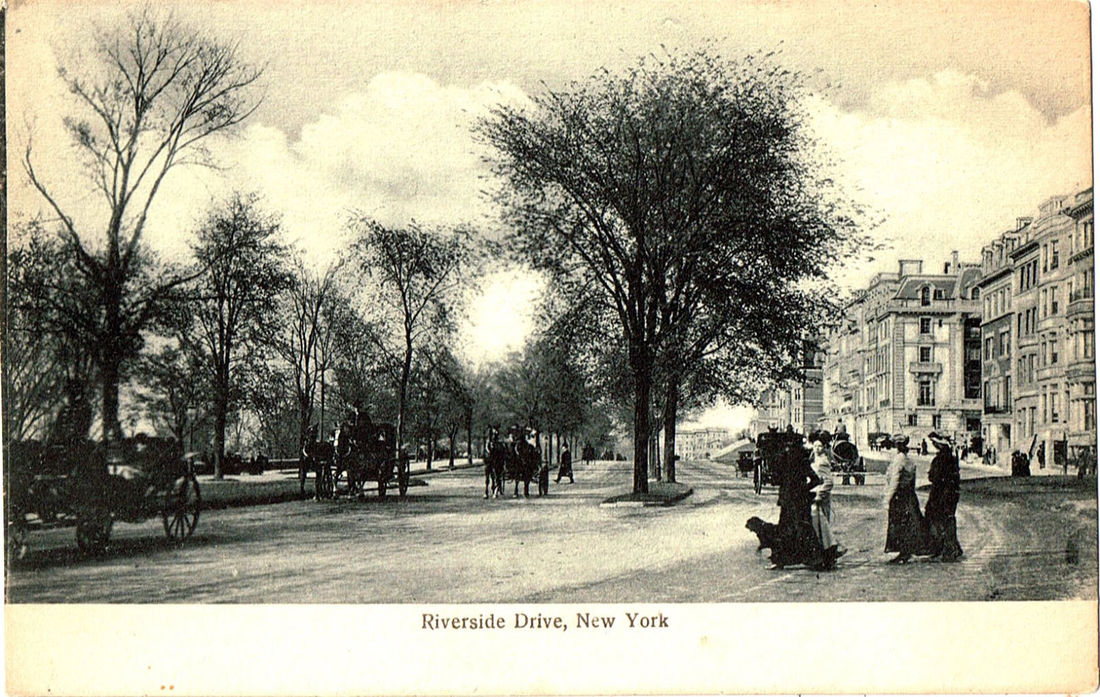
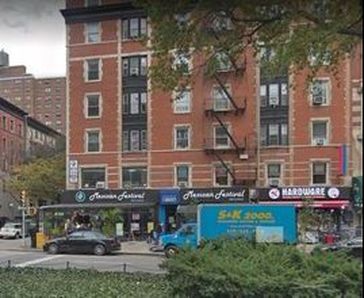

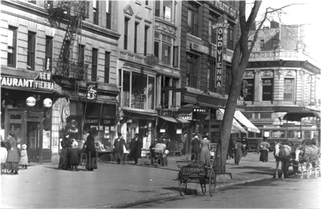
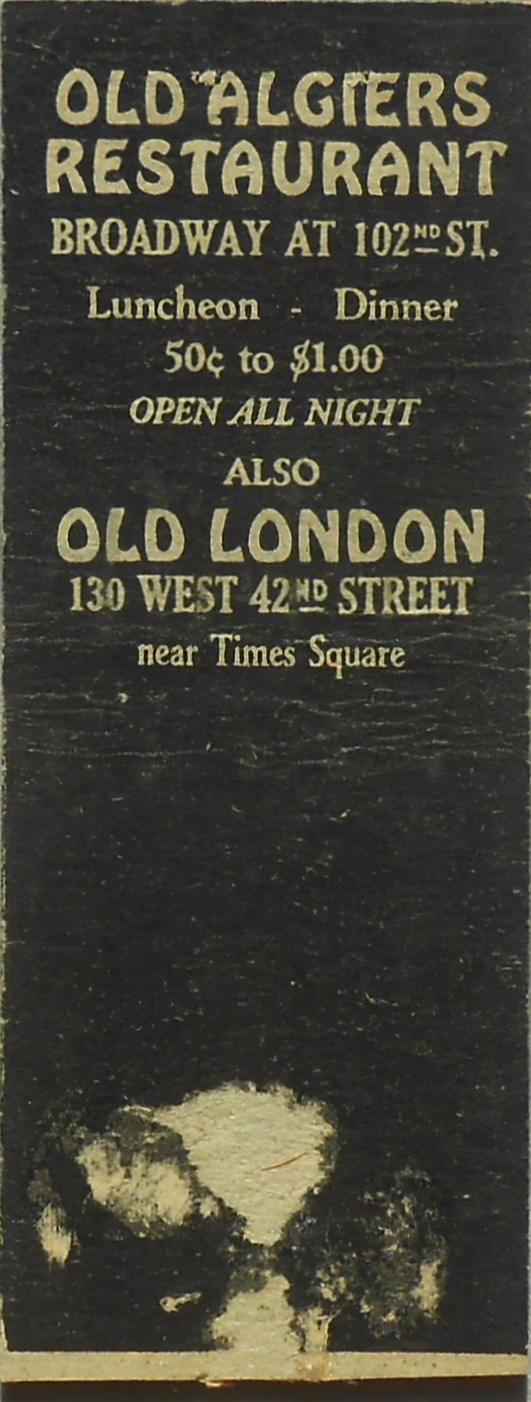
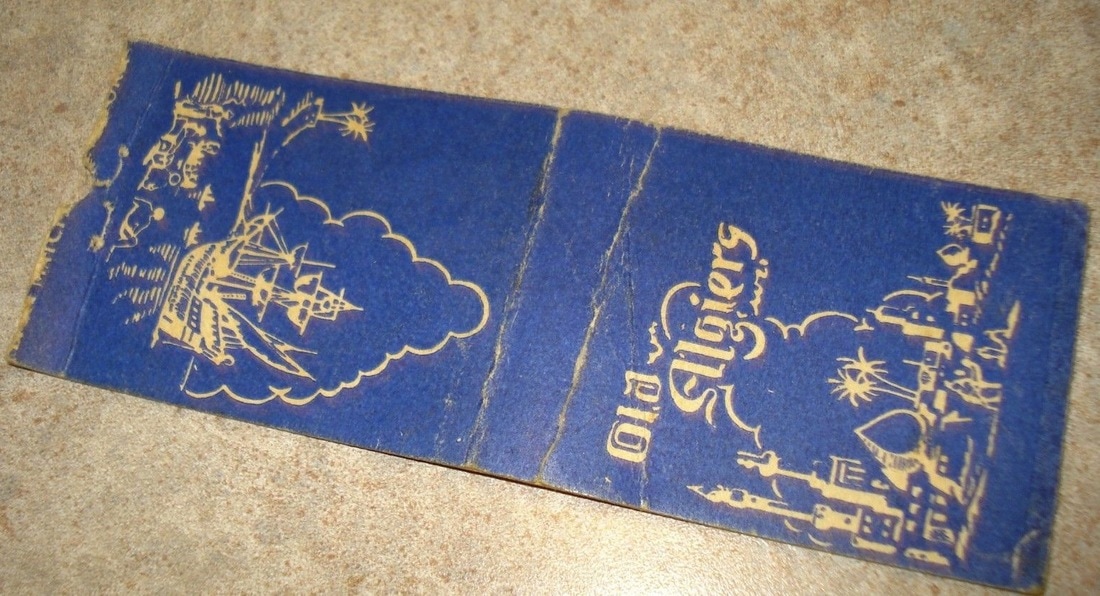
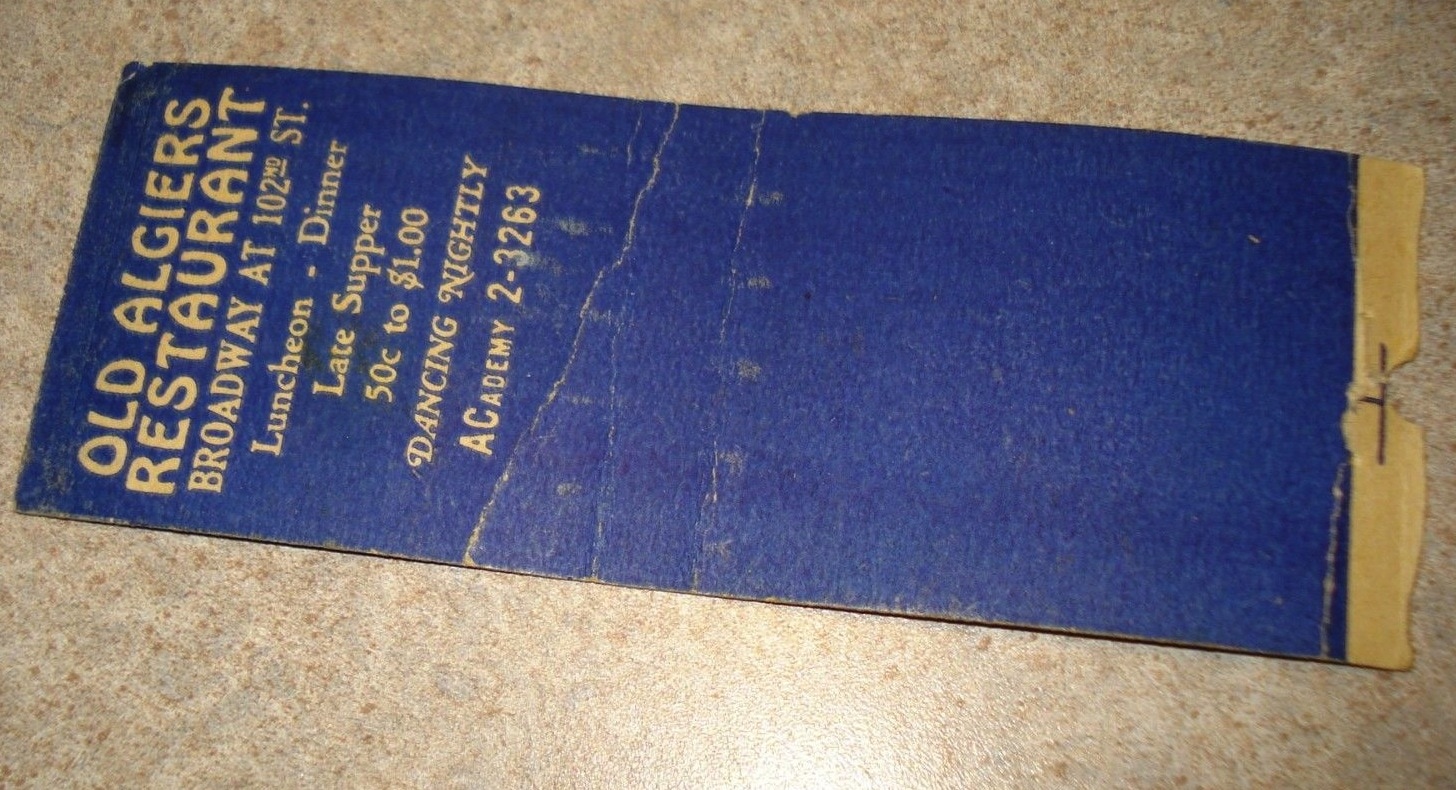
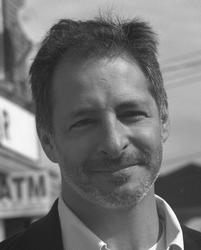
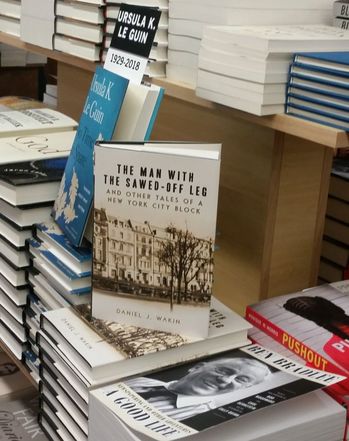
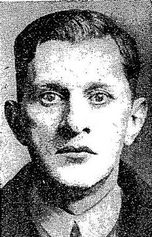
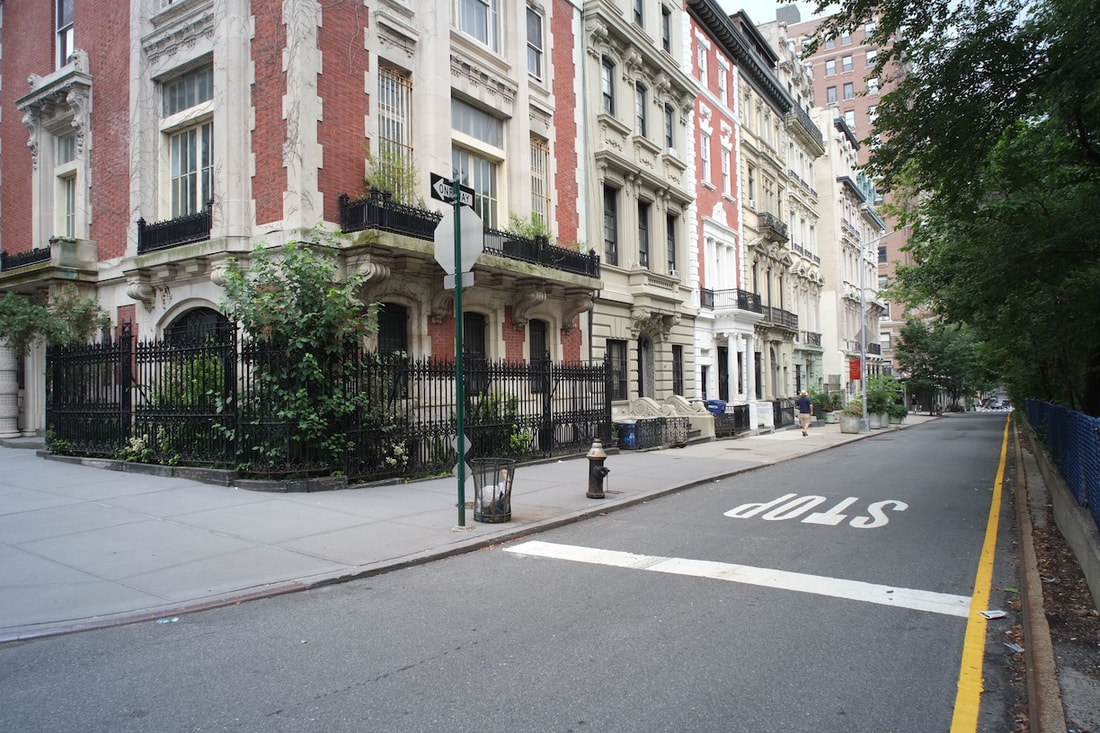
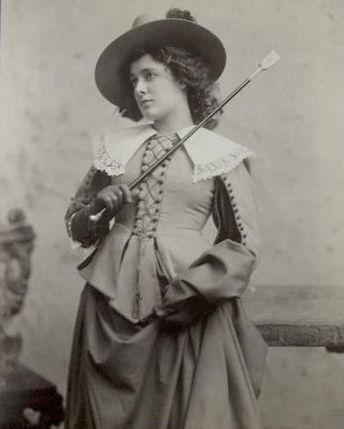
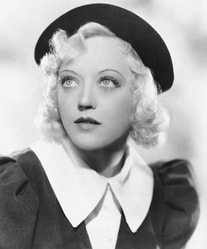
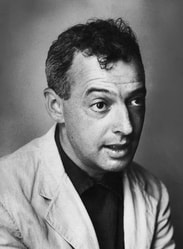
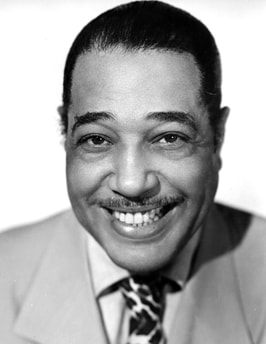
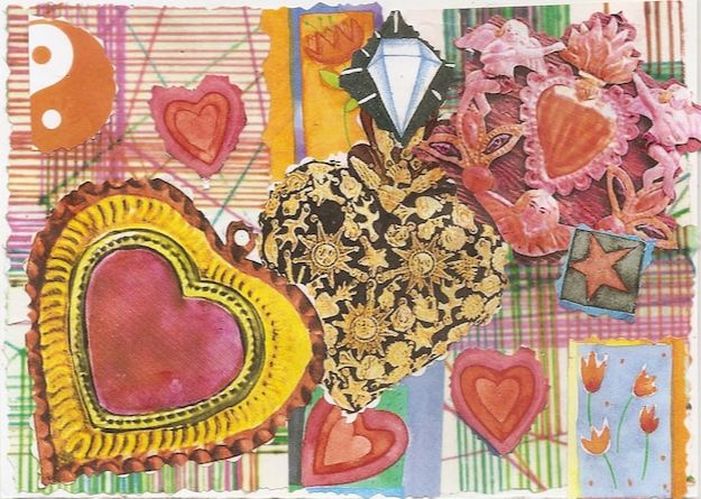
 RSS Feed
RSS Feed
